In my previous question, i was trying to count blanks and build a dataframe with new columns for the subsequent analysis. The question became too exhaustive and i decided to split it for different purposes.
I have my initial dataset:
import pandas as pd
import numpy as np
df = pd.DataFrame({'id':[1000,2000,3000,4000],
'201710':[7585, 4110, 4498, np.nan],
'201711':[7370, 3877, 4850, 4309],
'201712':[6505, np.nan, 4546, 4498],
'201801':[7473, np.nan, np.nan, 4850],
'201802':[6183, np.nan, np.nan, np.nan ],
'201803':[6699, 4558, 1429, np.nan ],
'201804':[ 118, 4152, 1429, np.nan ],
'201805':[ np.nan, 4271, 1960, np.nan ],
'201806':[ np.nan, np.nan, 1798, np.nan ],
'201807':[ np.nan, np.nan, 1612, 4361],
'201808':[ np.nan, np.nan, 1612, 4272],
'201809':[ np.nan, 3900, 1681, 4199] ,
})
I need to obtain start- and end- dates of each fraction (not blank) for each id. I managed to get the first occurred start- and the last occurred end- data but not in the middle. An then, I counted blanks for each gap (for further analysis)
The code is here (it's might seem confused):
# to obtain the first and last occurrence with data
res = pd.melt(df, id_vars=['id'], value_vars=df.columns[1:])
res.dropna(subset=['value'], inplace=True)
res.sort_values(by=['id', 'variable', 'value'], ascending=[True, True, True],
inplace=True)
minimum_date = res.drop_duplicates(subset=['id'], keep='first')
maximum_date = res.drop_duplicates(subset=['id'], keep='last')
minimum_date.rename(columns={'variable': 'start_date'}, inplace=True)
maximum_date.rename(columns={'variable': 'end_date'}, inplace=True)
# To obtain number of gaps (nulls) and their length
res2 = pd.melt(df, id_vars=['id'], value_vars=df.columns[1:])
res2.sort_values(by=['id', 'variable'], ascending=[True, True], inplace=True)
res2=res2.replace(np.nan, 0)
m = res2.value.diff().ne(0).cumsum().rename('gid')
gaps = res2.groupby(['id',
m]).value.value_counts().loc[:,:,0].droplevel(-1).reset_index()
# add columns to main dataset with start- and end dates and gaps
df = pd.merge(df, minimum_date[['id', 'start_date']], on=['id'], how='left')
df = pd.merge(df, maximum_date[['id', 'end_date']], on=['id'], how='left')
I came to the dataset like this, where start_date is the 1st notnull occurrence, end_date - the last notnull occurence and 1-,2-,3- blanks are fractions with blanks counting for further analysis:

The output is intended to have additional columns:
